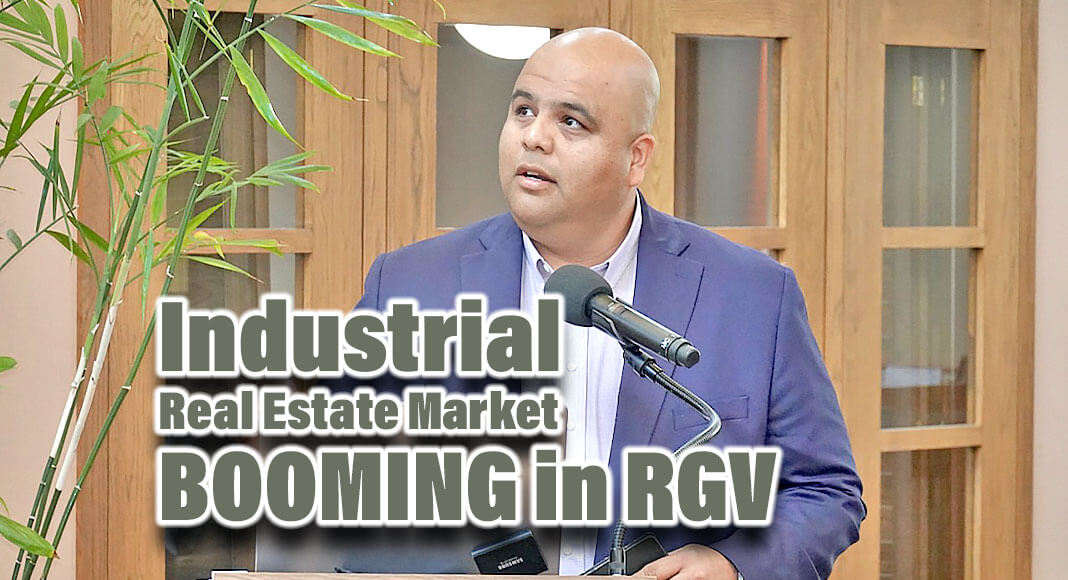
Texas Border Business
By Roberto Hugo Gonzalez
On the occasion of the 70th anniversary of Atlas, Hall, and Rodriguez, LLP, the celebrated law firm organized a celebratory lunch for clients and friends representing multiple industries from the Rio Grande Valley. One of the highlights of the event was the presentation by Carlos Telles, the First Vice President broker in CBRE’s McAllen office, who gave an insightful update on the local industrial property market.
Industrial Property Market Trends in the Greater McAllen and Brownsville Areas
According to Telles, the Greater McAllen and Brownsville areas are experiencing a surge in rental rates for industrial properties, setting records with a vacancy rate of 1.3%. Despite a healthy net absorption of 322,000 square feet, and over 700,000 square feet of total absorption, the lack of vacant, fully functional industrial warehouses is a pressing issue. Telles mentioned that obsolete properties that require repurposing contribute to the low vacancy rates. This scarcity of adequate space poses a challenge for potential tenants seeking large-scale industrial properties.
With an increase in rental rates to $6.09 per square foot per year, up from a previous range of $3.96 to $4.32, the industrial property market has seen a significant upswing. Telles clarified that these figures pertain to existing space, with new constructions in locations like Pharr, Texas fetching higher rates of above $7 per square foot per year, which is the minimum developers need to justify the cost of new construction.
Infrastructure and Development Challenges
Telles pointed out that the pace of development has been hampered by infrastructure and approval complexities, especially in areas outside the city limits. Developers navigating through irrigation districts and negotiations with multiple cities over incentives and support can face delays of up to two to three years. However, the entry of institutional-grade developers like Majestic Realty holds promise for the future, with the potential to add as much as 7 million square feet of industrial space in multiple phases.
Future Projections and Tenant Expectations
The future demand for industrial spaces remains robust. The volume of inquiries and prospective tenants looking for space has risen from 1.5 to 2.5 million square feet. As more developers deliver on their projects, they will likely benefit from this increasing demand.
In terms of industrial occupancy, the market typically caters to tenants needing 30,000 to 40,000 square feet. Given this, new offerings like the 160,000 square feet property in Pharr might find tenants in segments of 80,000 square feet each. Demand from various industries such as automotive, electronics, domestic goods, furniture, and medical contributes to the market’s diversity, ensuring resilience during industry-specific downturns.
With rental rates projected to rise by another dollar, potential tenants can expect a tough market. Incentives like tenant improvement allowances and rent abatement are becoming less common. Telles confirmed, “It’s a landlord’s market,” indicating the shift in power due to the prevailing high demand and low supply scenario.
Telles’ comprehensive update on the industrial real estate market in the Greater McAllen and Brownsville areas offers a clear glimpse into the prevailing trends, challenges, and future expectations. As developers navigate the hurdles and begin to deliver on new projects, the region stands to benefit from the robust demand, dynamic growth, and diverse industrial landscape. It seems clear that the Rio Grande Valley’s industrial real estate market is poised for an exciting future.














